A blanket of toxic haze engulfed Gurugram and Faridabad after Diwali night, sending air quality indices soaring above 400 — the “Severe” category. Authorities blamed a mix of crackers, stubble smoke, vehicular dust, and stagnant winds. Health advisories urged residents to stay indoors, while experts warned that the crisis, recurring each year, signals deeper governance failure across NCR’s fast-urbanising belt.
Gurugram/Faridabad, October 22 —
Residents of India’s Millennium City woke up to a grim morning after the festival of lights. The same fireworks that lit the skyline hours earlier had turned the air into a choking haze. At dawn, the AQI monitors across Gurugram, Faridabad, and southern Delhi blinked red — the highest alert zone in India’s air quality scale.
By 8 a.m., the Central Pollution Control Board (CPCB) logged AQI readings of 412 in Gurugram’s Sector 51, 406 at Faridabad’s New Industrial Town, and 392 near Delhi–Gurgaon border — all categorised as “Severe.” The sky wore a dull grey veil; buildings faded beyond 200 metres; and the faint smell of sulphur hung in the air.
A City Under Smog Siege
The city’s morning commuters drove with headlights on. Cyclists coughed beneath N95 masks, school buses moved slower, and drone footage showed the Gurgaon–Faridabad Road fading into a milky blur. The aftermath of Diwali, though anticipated, appeared more intense this year.
Environmental scientist Dr. Meenakshi Chaudhary from TERI University noted:
“We saw an overnight jump from 180 to over 400 AQI. That means the particulate load roughly doubled in less than eight hours — mostly from fireworks and trapped dust. Such a spike is toxic for anyone with asthma or heart disease.”
Doctors at Civil Hospital reported a 30 percent increase in respiratory OPD visits by mid-day, mostly from children and the elderly complaining of breathlessness and eye irritation.
Causes in Layers: Cracker Smoke Meets Crop Fire
The post-Diwali haze over Haryana’s urban belt is not a single-source problem. Officials identified multiple concurrent triggers:
- Fireworks: Despite bans on non-green crackers, enforcement faltered. Police made 47 seizures across Gurugram, but thousands of unauthorised fireworks still hit the skies.
- Stubble Burning: Satellite data from NASA’s Fire Information for Resource Management System (FIRMS) showed over 1,800 farm-fire spots in Haryana and Punjab on Diwali day. Northerly winds carried plumes directly toward NCR.
- Vehicular Emissions: The long holiday weekend saw an exodus of cars leaving and re-entering NCR, adding to local dust.
- Construction Dust: Although the Graded Response Action Plan (GRAP) Stage III had been invoked, several private construction sites were found operational overnight.
Together, these formed a toxic cocktail of particulate matter (PM 2.5 and PM 10), nitrogen oxides, and trace heavy metals — creating the dense smog visible even at noon.
A Familiar Emergency
The crisis is depressingly cyclical. Each year, citizens brace for the same pattern — Diwali joy, followed by respiratory distress. Last year, AQI had peaked at 370. This year, it crossed 400 for the first time since 2020.
Authorities claim proactive steps were taken. Gurugram Metropolitan Development Authority (GMDA) said it deployed 120 water tankers and 35 mechanical sweepers overnight. Yet, the dust suppression failed to offset the impact of fireworks and cross-border smoke.
“These are reactive measures,” environmentalist Anumita Roychowdhury of CSE told Sarhind Times. “What we need is prevention: clean transport, construction controls, and strong enforcement of cracker bans. Otherwise, we’re treating symptoms, not the disease.”
Voices from the Ground
At 7 a.m., jogger Rakesh Kumar paused on the Golf Course Road footpath:
“My fitness app said ‘unhealthy to run.’ The air literally smelled burnt. I turned back after five minutes.”
In Faridabad’s B.K. Chowk market, shopkeeper Salma Begum wiped black dust off sweet boxes:
“Yesterday we sold sweets under lights, today we’re cleaning soot. The air feels heavy even indoors.”
Meanwhile, parents flooded school WhatsApp groups requesting hybrid classes. Some private schools pre-emptively switched to online mode.
Health Advisory and Official Response
By noon, district health officials issued a red alert advisory urging citizens to:
- avoid outdoor activities, especially early morning and late evening;
- wear N95/KN95 masks if stepping outside;
- use air purifiers indoors and keep doors/windows closed;
- increase hydration and avoid strenuous workouts.
The GMDA claimed its anti-smog guns sprayed nearly 1 lakh litres of treated water across arterial roads by evening. Hospitals stocked nebulisers and oxygen cylinders anticipating a surge.
However, doctors warned that repeated exposure—even for a few days—can aggravate chronic respiratory diseases, especially among children.
Pulmonologist Dr. Arjun Malik at Medanta Hospital said:
“PM 2.5 particles are so small they penetrate the lungs and bloodstream. Over time, they contribute to hypertension, diabetes, and reduced immunity. There is no ‘safe’ level of 400 AQI.”
Economic Toll and Urban Image
Pollution’s cost is not only biological but also economic. A joint study by CII and IIT-Delhi estimates Delhi–NCR loses ₹25,000 crore annually in productivity and healthcare costs during high-pollution months.
Corporate offices reported a 15 percent absentee rate on October 22 as employees opted to work from home. Ride-sharing apps saw reduced demand. Visibility constraints led to slower logistics movement through the Delhi–Jaipur highway, with truck queues stretching over a kilometre near Kherki Daula toll.
Internationally, Gurugram’s image as an “aspirational city” took a hit, ranking among the top three most polluted urban clusters globally on IQAir’s real-time index.
Policy Debate: What Works, What Doesn’t
Environmental regulators face a recurring criticism: too little, too late.
Existing tools:
- GRAP triggers a four-stage emergency plan (banning DG sets, construction, brick kilns).
- Odd-Even traffic plan considered but yet to be implemented this season.
- Bio-decomposer sprays rolled out for stubble fields, but adoption remains under 20 %.
What experts propose:
- Regional Command Centre integrating live data from Haryana, Delhi, Punjab, Rajasthan to coordinate field actions in real time.
- Financial deterrence: penalising stubble burning through carbon credits and direct cash penalties.
- Festival re-design: community laser-light shows replacing firecrackers.
- Urban forest buffers around industrial clusters to trap dust.
Unless these interventions scale quickly, smog will remain NCR’s seasonal “fifth season.”
Comparative Snapshot
| City | AQI (Oct 22, 7 a.m.) | Category |
| Gurugram | 412 | Severe |
| Faridabad | 406 | Severe |
| Delhi (RK Puram) | 394 | Very Poor |
| Noida | 386 | Very Poor |
| Chandigarh | 312 | Poor |
| Jaipur | 214 | Moderate |
Data source: CPCB real-time monitors
Beyond Borders: Regional Chain Reaction
The haze that enveloped NCR extended across north India. Satellite imagery showed a continuous smoke plume from Punjab through Haryana into western Uttar Pradesh. Lahore and Karachi also recorded spikes, underlining the cross-border nature of South-Asian pollution.
Meteorologists said calm north-easterly winds and temperature inversion trapped pollutants at low altitudes. Relief may come only after two days, when wind speed rises above 10 km/h.
Citizens Take Initiative
Frustrated with recurring neglect, residents’ associations stepped up:
- DLF Phase V RWA launched an “Adopt-a-Tree” campaign, pledging 1,000 saplings this winter.
- Sector 56 Welfare Society distributed 5,000 reusable N95 masks.
- Students of Amity University created awareness reels on safe-cracker alternatives.
Social media trended #BreatheFreeNCR by noon, urging collective responsibility rather than blame-shifting.
The Psychology of Pollution
Psychologists observe a growing sense of fatalism — “It happens every year.” But apathy is itself a public-health risk. Studies link prolonged smog exposure to anxiety, depression, and cognitive fatigue. Children confined indoors face reduced physical activity and screen addiction.
Public-health communication, therefore, must balance alarm with empowerment — offering clear actions people can take instead of despair.
Government on the Defensive
In a late-evening press conference, Haryana Environment Minister Shalini Gaur acknowledged the crisis but defended her department’s work:
“We deployed our full capacity. The spike is a regional phenomenon. Citizens must also cooperate — avoid crackers and control local burning.”
Opposition leaders criticised the statement as “passing the buck.” Gurugram MP Rao Inderjit Singh called for a special inter-state task force under the PMO to coordinate air-management in NCR.
Looking Ahead: Can Gurugram Lead?
Gurugram’s corporate ecosystem gives it a unique opportunity to innovate. Tech parks are exploring air-quality sensors integrated with IoT dashboards, enabling offices to monitor and adjust ventilation dynamically.
Several startups are working on bio-enzymatic road dust binders — low-cost sprays that prevent loose particulate suspension. A pilot at Cyber Hub reduced dust by 25 percent over 48 hours.
If scaled, such indigenous tech could redefine urban environmental governance.
A Breath of Hope
By late evening, mild winds from the west began clearing some of the haze. AQI dipped from 412 to 365 — still “very poor,” but less choking. Streetlights re-emerged; the city began to breathe again.
Yet the lingering smell of fireworks reminded everyone that cleaner air is not a one-day effort but a collective, year-long mission.
Environmental columnist Ritu Mahajan wrote poignantly:
“We count calories, steps, investments — but not breaths. When air itself becomes scarce, every lung becomes a battlefield.”
Conclusion: The Cost of Celebration
Diwali remains a festival of hope. But when celebration leaves behind poison in the air, the essence is lost. Gurugram and Faridabad’s severe AQI levels are not a surprise; they are the predictable result of neglect, convenience, and inertia.
To restore the balance between tradition and sustainability, society must innovate — not abandon joy but reshape it. A city’s prosperity means little if its air becomes unbreathable.
#Gurugram #Faridabad #AirQuality #AQI400 #Smog #NCRPollution #Environment #HealthAlert #Diwali2025 #SarhindTimes










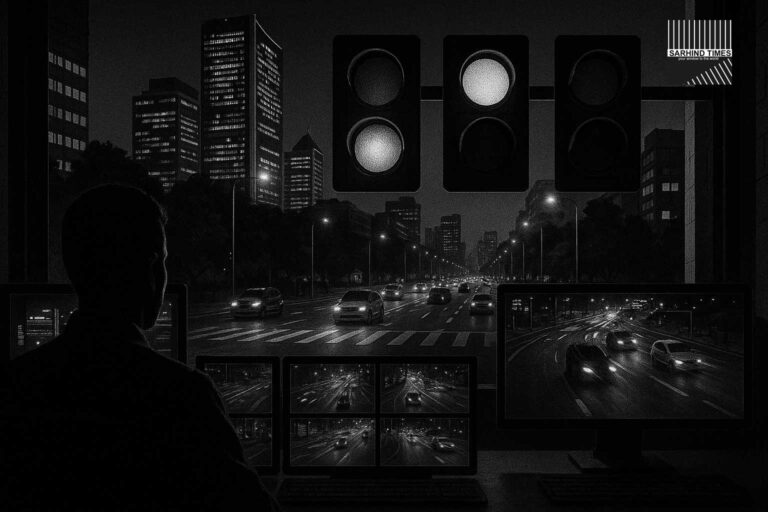

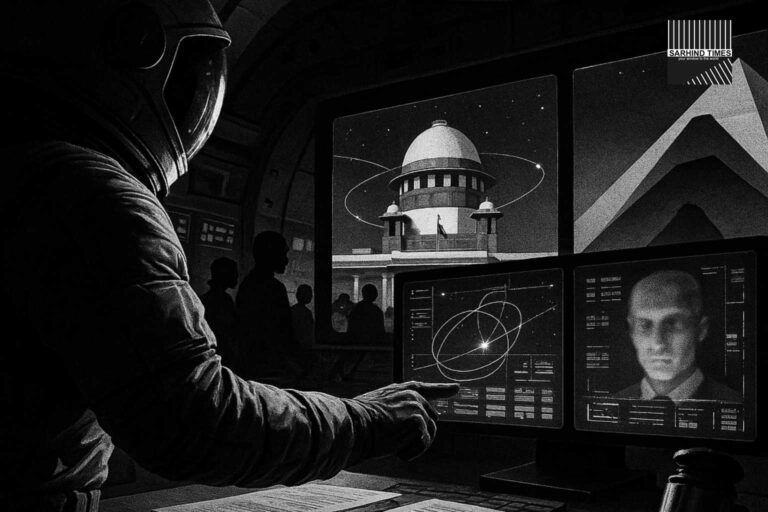

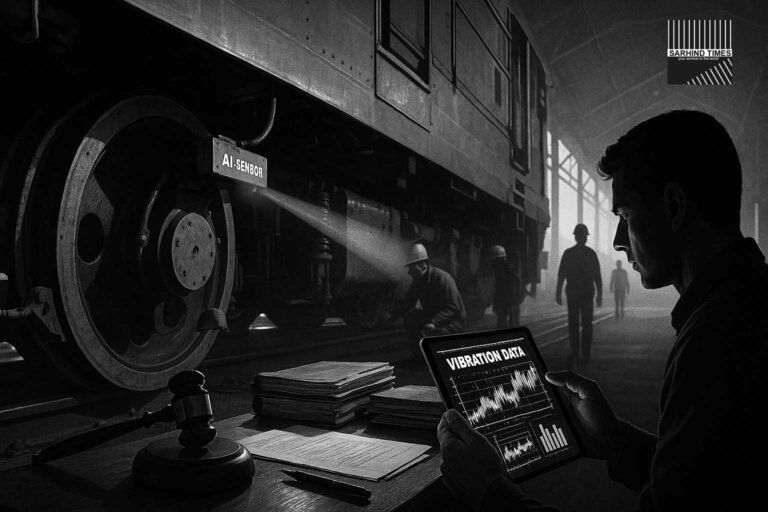
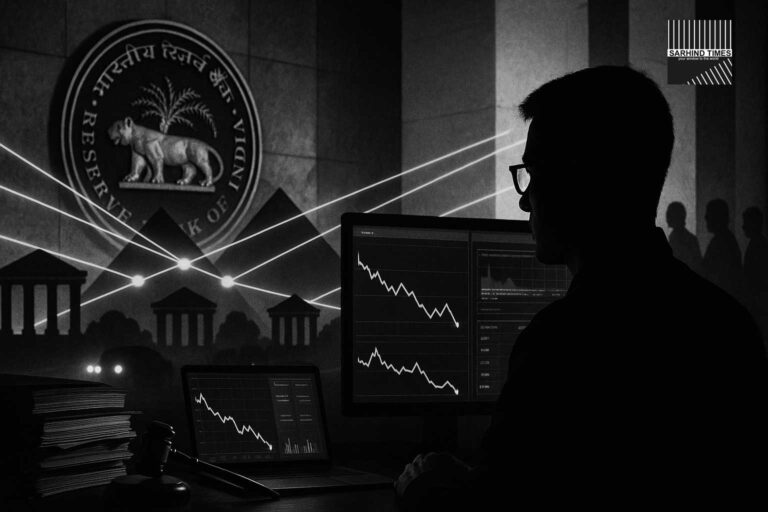
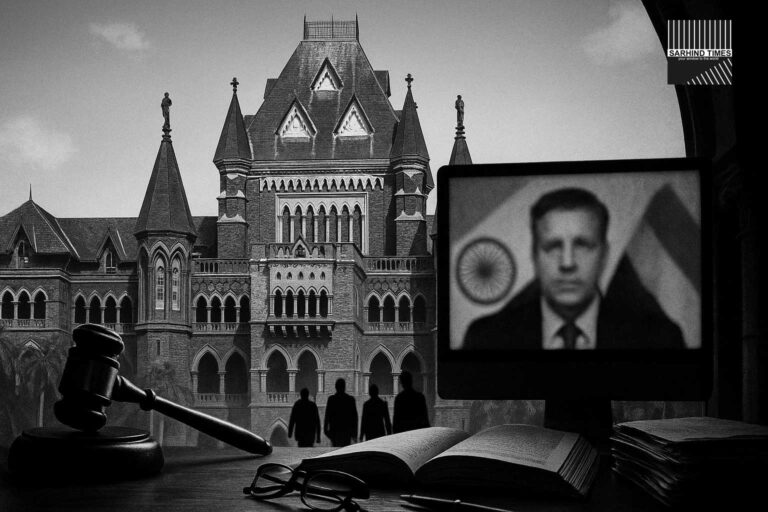

+ There are no comments
Add yours